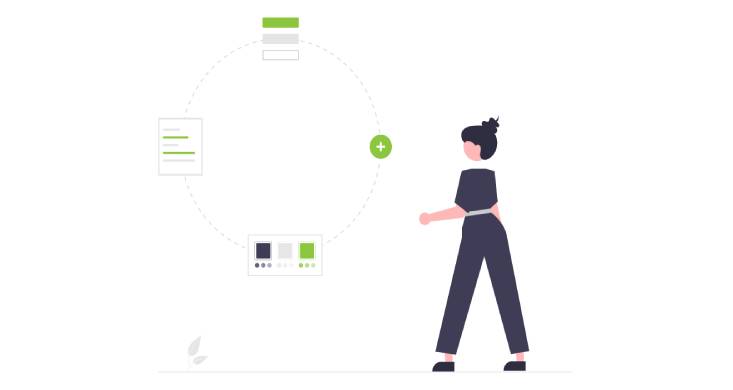How to Avoid Plagiarism?
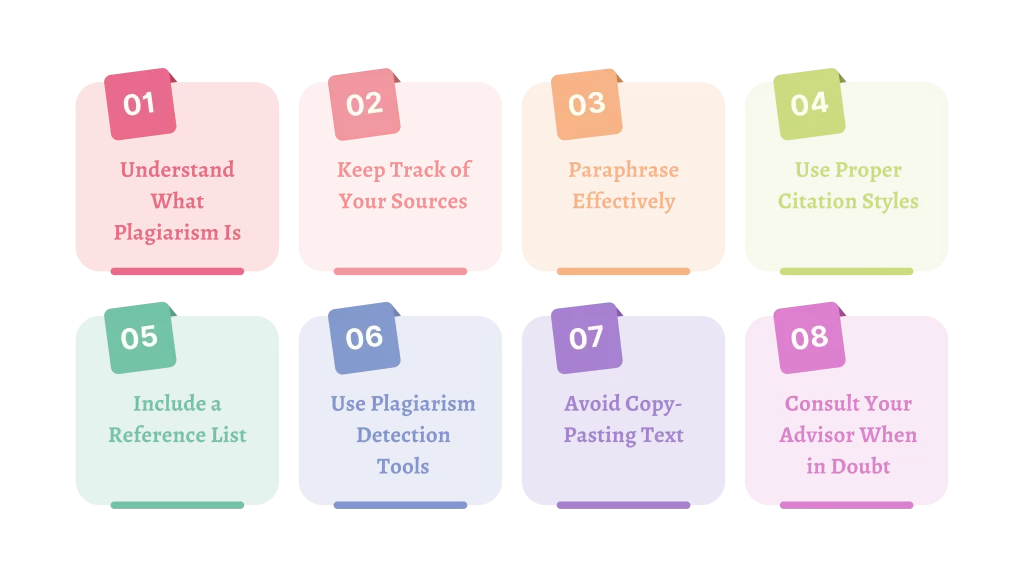
In today’s digital age, plagiarism has become a growing concern for writers, students, professionals, and businesses alike. Whether intentional or accidental, presenting someone else’s work as your own can lead to severe academic, legal, and reputational consequences. But the good news is that plagiarism is entirely avoidable if you take the right steps.
This guide will provide actionable tips and insights on how to avoid plagiarism, ensuring your work is both original and ethical. Let’s dive in!
What is Plagiarism?
The use of another person’s words, concepts, or creative output without giving due credit is known as plagiarism. It can be subtle, like rephrasing without attribution, or as obvious as copying entire passages. Plagiarism isn’t limited to written content; it also applies to images, data, music, and videos.
Common Types of Plagiarism:
- Direct Plagiarism: Copy-pasting content word-for-word.
- Self-Plagiarism: Reusing your previous work without disclosure.
- Paraphrased Plagiarism: Rewriting someone’s ideas without credit.
- Accidental Plagiarism: Failing to cite sources correctly due to ignorance or carelessness.
- Mosaic Plagiarism: Mixing copied phrases with original writing.
Why is Avoiding Plagiarism Important?
1. Maintains Integrity:
Original work reflects your honesty and effort. Avoiding plagiarism helps build trust and credibility.
2. Prevents Legal Issues:
Using copyrighted material without permission can lead to lawsuits and fines.
3. Academic and Professional Reputation:
In academic or professional settings, plagiarism can result in penalties like losing a job, failing a course, or expulsion.
4. Improves Creativity and Skill Development:
Producing original work forces you to think critically, enhancing your understanding and creativity.
Practical Tips to Avoid Plagiarism
1. Understand the Material You’re Using
Before you start writing, make sure you fully understand the source material. When you grasp the concept, you’re less likely to copy someone else’s phrasing and more likely to express it in your own words.
2. Take Careful Notes
While researching, always separate your thoughts from the author’s ideas. Use quotation marks for direct quotes and mark down all the necessary citation details.
3. Use Paraphrasing Effectively
Paraphrasing doesn’t just mean changing a few words; it means rewriting the idea in a completely new way while preserving its original meaning.
Example:
- Original: “Plagiarism is a serious offense in academic institutions.”
- Paraphrased: “Academic institutions treat plagiarism as a significant violation of ethical standards.”
Always cite the source even when paraphrased!
4. Cite All Sources Properly
Always provide due credit when using someone else’s words, facts, or ideas. Depending on the situation, use citation formats like Harvard, Chicago, MLA, or APA.
Key Components of a Citation:
- Author’s name
- Publication date
- Title of the work
- Publisher or source
5. Use Quotation Marks for Direct Quotes
If you want to include a direct statement from a source, use quotation marks and provide a citation.
Example:
As Dr. Smith notes, “Plagiarism undermines the foundation of academic integrity.”
6. Utilize Plagiarism Detection Tools
Leverage advanced tools like Grammarly, Turnitin, or Copyscape to scan your work for potential matches with online or offline content. These tools highlight sections that need revision or citation.
The Role of Technology in Avoiding Plagiarism
1. Citation Generators
Tools like Zotero, EasyBib, or BibGuru make creating accurate citations simple and efficient.
2. Cloud-Based Note Organizers
Platforms like Evernote or OneNote help organize research, reducing the chances of unintentional plagiarism.
3. AI Writing Assistants
Modern AI tools can aid in paraphrasing and grammar checks while ensuring originality. However, they should be used carefully, as they may occasionally generate unintended plagiarism.
Common Misconceptions About Plagiarism
- “If it’s online, it’s free to use.”
Not true! Most online content is protected by copyright. Always verify the usage rights.
- “Changing a few words means it’s original.”
Simply swapping synonyms doesn’t make the content yours. Ideas also need proper attribution.
- “Citations aren’t necessary for common knowledge.”
This is partially correct. Facts widely known and accepted (e.g., “Water boils at 100°C”) don’t need citations, but any analysis or unique perspective does.
Educational Institutions and Plagiarism Policies
Most schools and universities have strict rules regarding plagiarism. Students are often required to complete plagiarism awareness training and submit their work through detection tools. Penalties can range from warnings to expulsion.
For professionals, workplaces often have copyright policies and legal teams to address issues of intellectual property misuse.
How to Teach Others About Plagiarism
If you’re an educator, content creator, or mentor, it’s crucial to spread awareness about plagiarism. Some effective strategies include:
- Interactive Workshops: Explain what plagiarism is and how to avoid it.
- Practice Assignments: Give students tasks focused on paraphrasing and citation.
- Real-Life Examples: Share cases of plagiarism and their consequences to emphasize the importance of originality.
Avoiding plagiarism is about more than just avoiding penalties—it’s about upholding ethical standards, fostering creativity, and building a trustworthy reputation. By understanding what plagiarism entails, citing sources properly, and leveraging tools and techniques, you can ensure your work remains 100% original.
Remember, every piece of content you create should reflect your voice and effort. So, take the time to research, paraphrase thoughtfully, and give credit where it’s due. After all, originality is the foundation of impactful and meaningful work.
Start writing ethically and confidently today!
Reach out to us at www.saairatechnologies.com or give us a call at 7604897174 if you need assistance with the Plagiarism Checking.
Our strengths
Guarantee of Service
PhD in Creativity
At Saaira Technologies, our mission is to provide a level of service unparalleled by any other organization. We take immense pride in our team of highly skilled and experienced pro-writers. We are excited to declare that, at Saaira Technologies, we never compromise when it comes to quality. Our commitment to excellence sets us apart in the industry.
Assurance and Privacy
At Saaira Technologies, we guarantee that your research and personal information will be treated with utmost confidentiality. We are committed to maintaining strict privacy and ensuring that your data is securely handled for internal purposes only. Your trust is of paramount importance to us, and we take every measure to safeguard your information.
24/7 Service Assistant
At Saaira Technologies, our team of experts is readily available round the clock on Facebook, WhatsApp, and Email, ensuring uninterrupted support and assistance. We operate 24 hours a day, 7 days a week, allowing clients to conveniently connect with us at any time. Your satisfaction is our priority, and we are committed to providing timely and reliable service.
Why choose us?
PhD help technical experts are very friendly and always ready to hear from you. Our experts are available at any stage of your PhD work.
The project you submit to us will be a hidden treasure and it will be confidential and maintained very secretly.
PhD help projects are always cost effective but we assure you that this will not affect the quality of your work.
PhD help developers are well experienced and professionals in their particular field. They are very eager and always on duty. They are readily available to help you in any situation and time. Our experts are available on the shop floor always ready to help you at any point of your PhD you are stuck.
Teams of Saaira Technologies
Business Development Executives
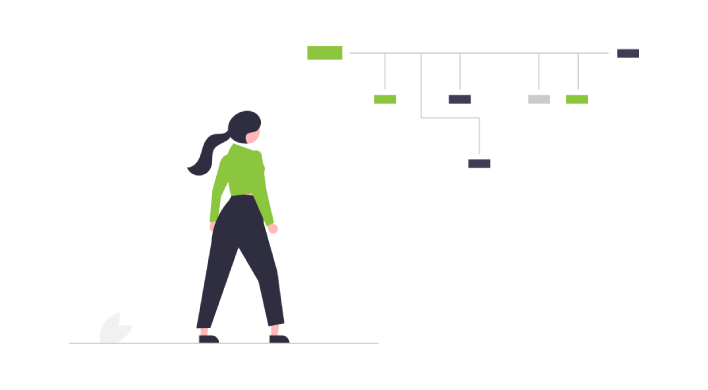
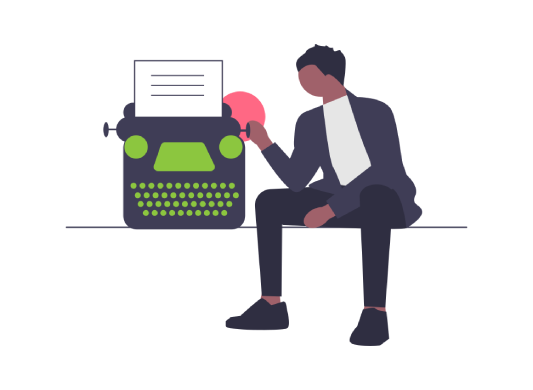
Data Scientist
Language Editing Division
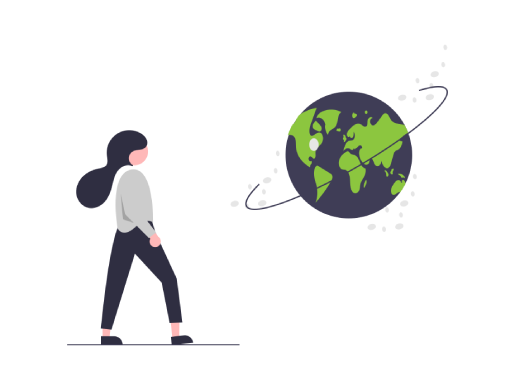
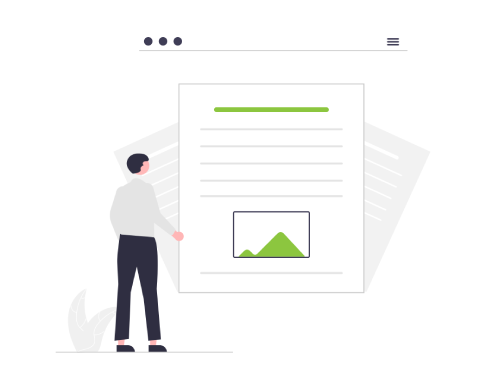
Department of Journal Publications
What Sets Us Apart from The Competition?
